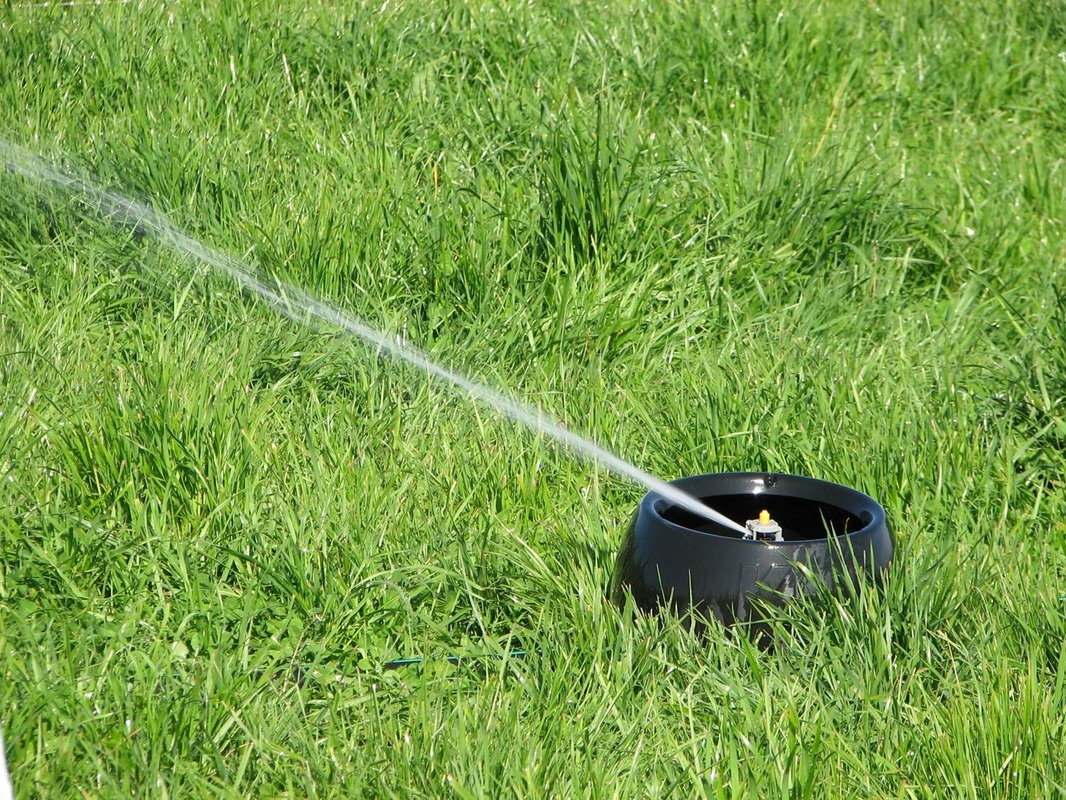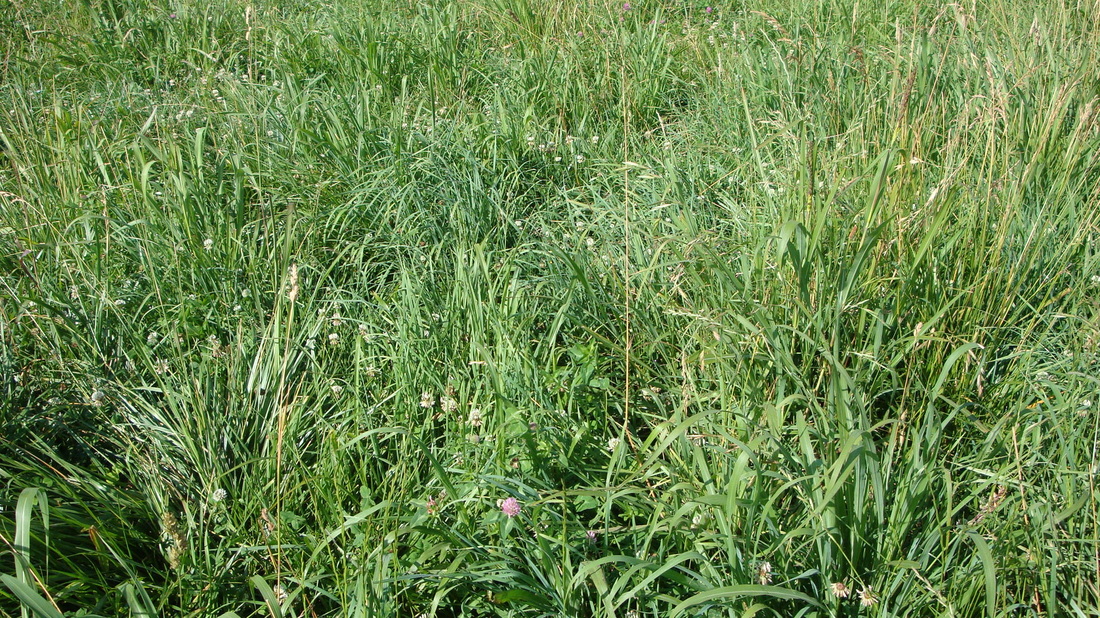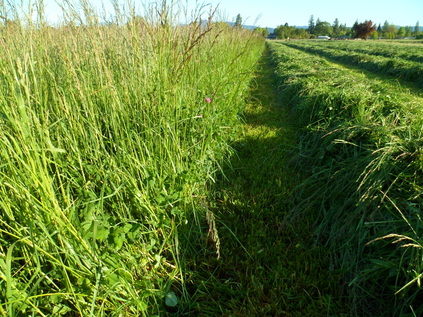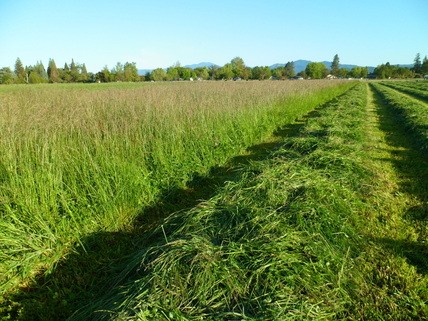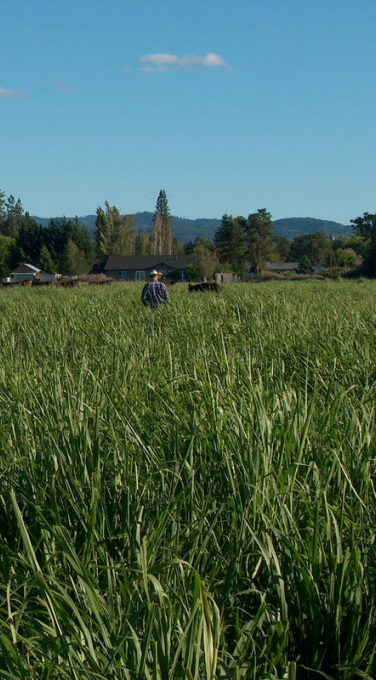
Having a year-round constant availability of high quality forage is essential for the production of premium grass fed beef. No matter how genetically superior your cattle are for the production of grass fed beef, if you don't manage your pastures and your cattle properly, they won't have sufficient intake of high-quality forage to maintain the level of average daily gain necessary to produce young, nicely finished animals. Our 40 plus paddocks allow us to rotate our groups of cattle onto fresh pasture every day or two that is at the ideal point of quantity and quality (nutritional level). Then, as the cattle move off those paddocks, each paddock has about 50 days to rest and re-grow before being grazed again. Almost all of our pastures are irrigated on which we grow a variety of forages over different parts of our farm. We have most of our pastures growing a mixture of cool season grasses (ryegrass, orchard grass, timothy, fescue, etc...) and legumes (white clover, red clover, birdsfoot trefoil, etc...). We also planted in 2002 a warm season grass called eastern gamagrass, which provides peak production of very palatable summer forage which helps balance out the typical production decline of cool season grasses during the heat of the summer. When touring farms that are selling grass fed beef, an appraisal of the forage quality and availability will tell you as much as what looking at the cattle will.
LEFT Paddock of Eastern Gamagrass
LOWER LEFT Irrigation of cool season grasses and legumes during rest period between grazings
LOWER RIGHT Mixed species paddock ready to be grazed
LEFT Paddock of Eastern Gamagrass
LOWER LEFT Irrigation of cool season grasses and legumes during rest period between grazings
LOWER RIGHT Mixed species paddock ready to be grazed
Hay field with newly mowed windrows of first cutting mixed grass and legumes being cut in May. After 50 days to regrow, this field will go back into the grazing rotation.
